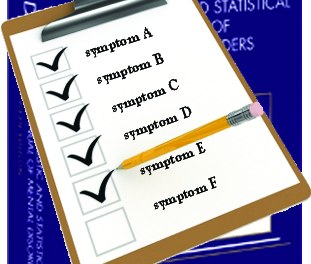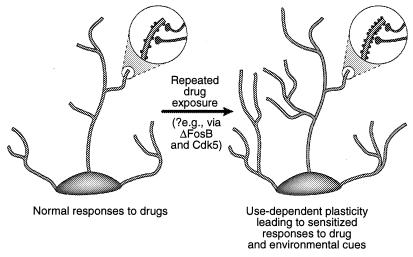We know that millions of people use cannabis, many on a daily or near-daily basis. What percent of them will at some point require professional help to recover from a Cannabis Use Disorder (CUD)?
In most cases, the answer will reflect the severity of their disorder. For Cannabis Use Disorder, DSM5 assesses severity in terms of mild, moderate, and severe, as differentiated by simply counting off the number of DSM criteria met. It strikes me as a pretty basic way to do things, but that’s how it actually happens in current practice.
Here’s the list of criteria from which an evaluator will pick.
A problematic pattern of cannabis use leading to clinically significant impairment or distress, as manifested by at least two of the following, occurring within a 12-month period:
- Cannabis is often taken in larger amounts or over a longer period than was intended.
- Persistent desire or unsuccessful efforts to cut down or control cannabis use.
- A great deal of time is spent in activities necessary to obtain cannabis, use cannabis, or recover from its effects.
- Craving, or a strong desire or urge to use cannabis.
- Recurrent cannabis use results in failure to fulfill role obligations at work, school, or home.
- Continued cannabis use despite having persistent or recurrent social or interpersonal problems caused or exacerbated by the effects of cannabis.
- Important social, occupational, or recreational activities are given up or reduced because of cannabis use.
- Recurrent cannabis use in situations in which it is physically hazardous.
- Cannabis use continues despite knowledge of having a persistent or recurrent physical or psychological problem that is likely to have been caused or exacerbated by cannabis.
- Tolerance, as defined by either: (1) a need for markedly increased cannabis to achieve intoxication or desired effect or (2) a markedly diminished effect with continued use of the same amount of the substance.
- Withdrawal, as manifested by either (1) the characteristic withdrawal syndrome for cannabis or (2) cannabis is taken to relieve or avoid withdrawal symptoms.
If two or three of the above are met, the clinician is likely to say the user has a ‘mild’ disorder. Four or five criteria indicate a ‘moderate’ level of the disorder, while six or more — well, that’s the severe case.
It’s that last group that is most likely to seek out or receive a referral for help from a professional, simply because they’ll be the ones experiencing the greatest number of problems related to their cannabis use.
Of course, even when someone else can see that help is needed, it can take quite a while for a user to reconize the need. We’re familiar with this from our long experience with alcohol, tobacco, opioids, cocaine, etc. Of everyone involved, it’s the patient who is often the last to identify their own problem.
One question that I find curiously unresolved: Does having met DSM5 criteria for a mild CUD at one point in time, predict someone’s later risk for a more severe disorder? Based on experience with the other addictions, I imagine that over time, quite a few users do in fact get worse, both in terms of their cannabis use and the consequences that result.
While others, for whatever reason, do not. They stay about the same — diagnosable, but not significantly ‘sicker’.
I wonder if much research has been done on that subject. I mean, with all those millions using cannabis — with millions more on the way — it could turn out to be the most important question of all.













